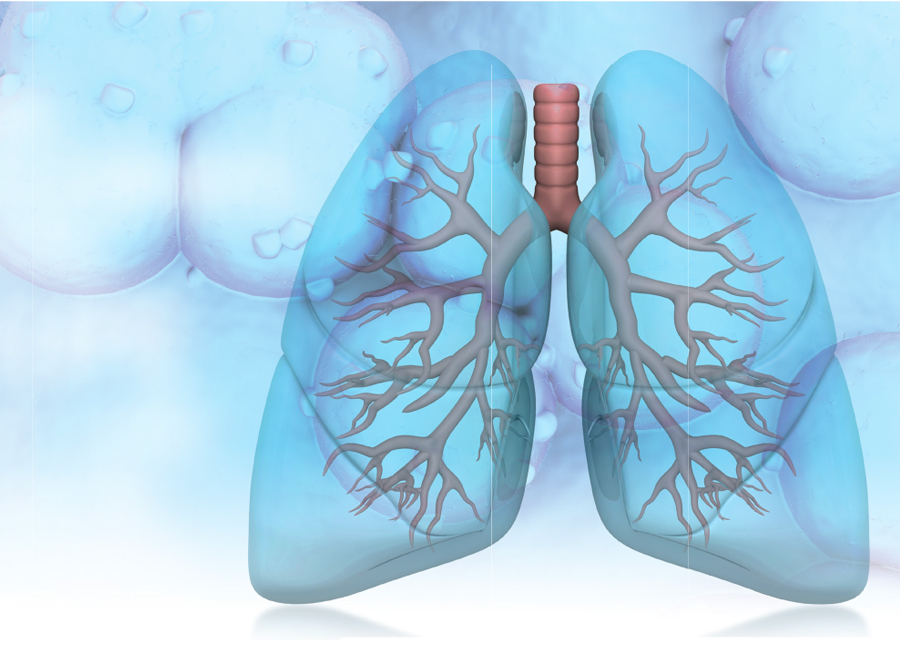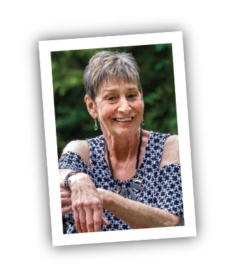New Treatments Bring Hope for Lung Cancer Patients

SPONSORED CONTENT
When Diane Chalifoux of Montreal began to experience severe back pain in 2017, she knew it was affecting her life. What she didn’t expect was just how much it would change her future. The pain became so bad that Chalifoux eventually had to quit her job at a restaurant. After seeing her doctor and undergoing a number of tests, the diagnosis came as a shock – stage 3 lung cancer.
“It was like a slap in the face,” says Chalifoux, 65. “I couldn’t stop crying, and it was especially hard to think about how I was going to tell my family and friends.”
Chalifoux was one of nearly 29,000 Canadians diagnosed with lung cancer in 2017i — an incidence rate that makes lung cancer among the most commonly diagnosed cancers in Canada
each year.ii
While lung cancer remains the leading cause of cancer death (for both men and women), recent advances in both testing and treatment are helping to reduce the mortality rate for this disease.iii
New treatments are giving patients and physicians more choices to fight lung cancer – and cause for optimism.
Initially, Chalifoux underwent a traditional course of chemotherapy and radiation. It took a toll but was an important first step in the fight. Despite her feeling tired from the chemotherapy and radiation, her doctor also recommended a new treatment that would continue to battle the cancer.
“When my doctor recommended this new treatment, it gave me hope. The chemo and radiation had been rough, but I wanted to go for it – to keep fighting my cancer.” says Chalifoux.
Dr. Parneet Cheema, a medical oncologist, says there are promising developments for lung cancer patients depending on the type and stage of cancer they have, including the use of precision medicine, immunotherapy and targeted therapies.
“For more than two decades we had very few advances for stage 3 lung cancer. But now we have more treatment options for this stage of the disease. In addition, we have a growing list of options available for advanced stage 4 lung cancer, which allows oncologists to individualize treatments for patients,” says Dr. Cheema, who leads the Immunotherapy Program at William Osler Health System.

Chalifoux has felt more energetic since her new course of treatment. So much so, that she even started working again two days a week. “It’s good for me to be back at work, and I’m grateful I’m able to get back to it,” she says.
“It’s important for healthcare providers – and their patients – to know that there are new treatment options available for lung cancer that can improve quality of life and help people live longer,” says Dr. Cheema.
Chalifoux is grateful for the continued advances that benefit cancer patients like her. “I want to tell anyone else in my shoes that there’s hope,” she says. “And to encourage them to keep fighting their disease.”
Visit Right2Survive.ca to hear more stories about Canadians living with lung cancer and share your own.
This advertorial was developed in partnership with one of Canada’s research-based pharmaceutical companies.
iCanadian Cancer Society. https://www.cancer.ca/en/cancer-information/cancer-type/lung/statistics/?region=pe. Accessed August 25, 2019.
iiCanadian Cancer Society. https://www.cancer.ca/en/cancer-information/cancer-type/lung/statistics/?region=pe. Accessed August 27, 2019.
iiiCanadian Cancer Society. https://www.cancer.ca/en/cancer-information/cancer-type/lung/statistics/?region=pe. Accessed August 27, 2019.